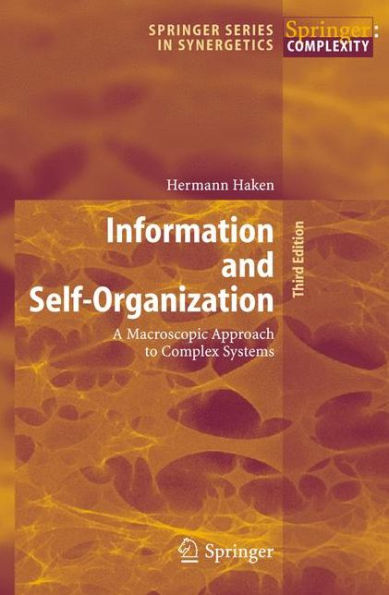The widespread interest this book has found among professors, scientists and students working in a variety of fields has made a new edition necessary. I have used this opportunity to add three new chapters on recent developments. One of the most fascinating fields of modern science is cognitive science which has become a meet ing place of many disciplines ranging from mathematics over physics and computer science to psychology. Here, one of the important links between these fields is the concept of information which, however, appears in various disguises, be it as Shan non information or as semantic information (or as something still different). So far, meaning seemed to be exorcised from Shannon information, whereas meaning plays a central role in semantic (or as it is sometimes called "pragmatic") information. In the new chapter 13 it will be shown, however, that there is an important interplay between Shannon and semantic information and that, in particular, the latter plays a decisive role in the fixation of Shannon information and, in cognitive processes, al lows a drastic reduction of that information. A second, equally fascinating and rapidly developing field for mathematicians, computer scientists and physicists is quantum information and quantum computation. The inclusion of these topics is a must for any modern treatise dealing with information. It becomes more and more evident that the abstract concept of information is inseparably tied up with its realizations in the physical world.
1139943279
Information and Self-Organization: A Macroscopic Approach to Complex Systems
The widespread interest this book has found among professors, scientists and students working in a variety of fields has made a new edition necessary. I have used this opportunity to add three new chapters on recent developments. One of the most fascinating fields of modern science is cognitive science which has become a meet ing place of many disciplines ranging from mathematics over physics and computer science to psychology. Here, one of the important links between these fields is the concept of information which, however, appears in various disguises, be it as Shan non information or as semantic information (or as something still different). So far, meaning seemed to be exorcised from Shannon information, whereas meaning plays a central role in semantic (or as it is sometimes called "pragmatic") information. In the new chapter 13 it will be shown, however, that there is an important interplay between Shannon and semantic information and that, in particular, the latter plays a decisive role in the fixation of Shannon information and, in cognitive processes, al lows a drastic reduction of that information. A second, equally fascinating and rapidly developing field for mathematicians, computer scientists and physicists is quantum information and quantum computation. The inclusion of these topics is a must for any modern treatise dealing with information. It becomes more and more evident that the abstract concept of information is inseparably tied up with its realizations in the physical world.
54.99
In Stock
5
1

Information and Self-Organization: A Macroscopic Approach to Complex Systems
258
Information and Self-Organization: A Macroscopic Approach to Complex Systems
258Paperback(Third Edition 2006)
$54.99
54.99
In Stock

Product Details
| ISBN-13: | 9783642069574 |
|---|---|
| Publisher: | Springer Berlin Heidelberg |
| Publication date: | 11/25/2010 |
| Series: | Springer Series in Synergetics |
| Edition description: | Third Edition 2006 |
| Pages: | 258 |
| Product dimensions: | 6.10(w) x 9.25(h) x 0.36(d) |
From the B&N Reads Blog
